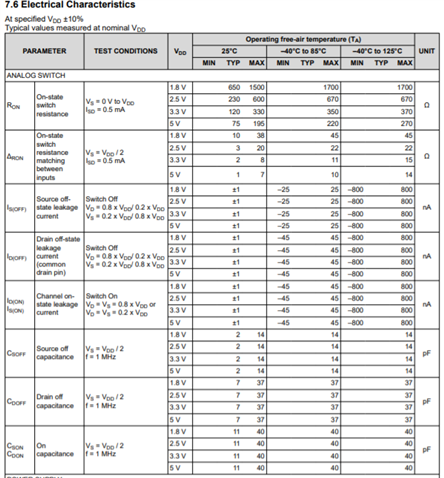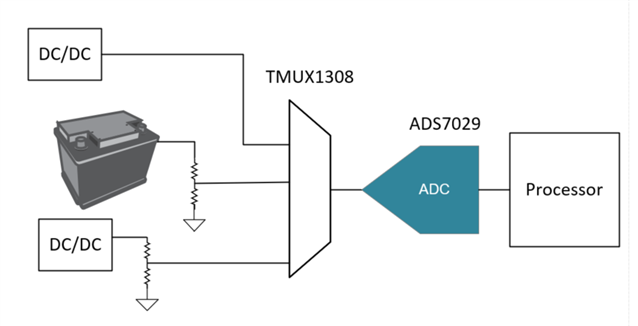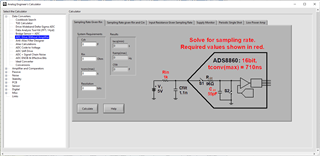Other Parts Discussed in Thread: ADS7959
Hi Team,
I'm working on a design that uses a 8:1 mux in front of the ADS7029 and I'm trying to understand if the ADS7029-Q1 can realistically be used without a Opamp input driver.
I do not need to sample very quickly at all (millisecond range at fastest), what other risks/tradeoffs do I need to be aware of if we remove the input driver?
Best,
David




